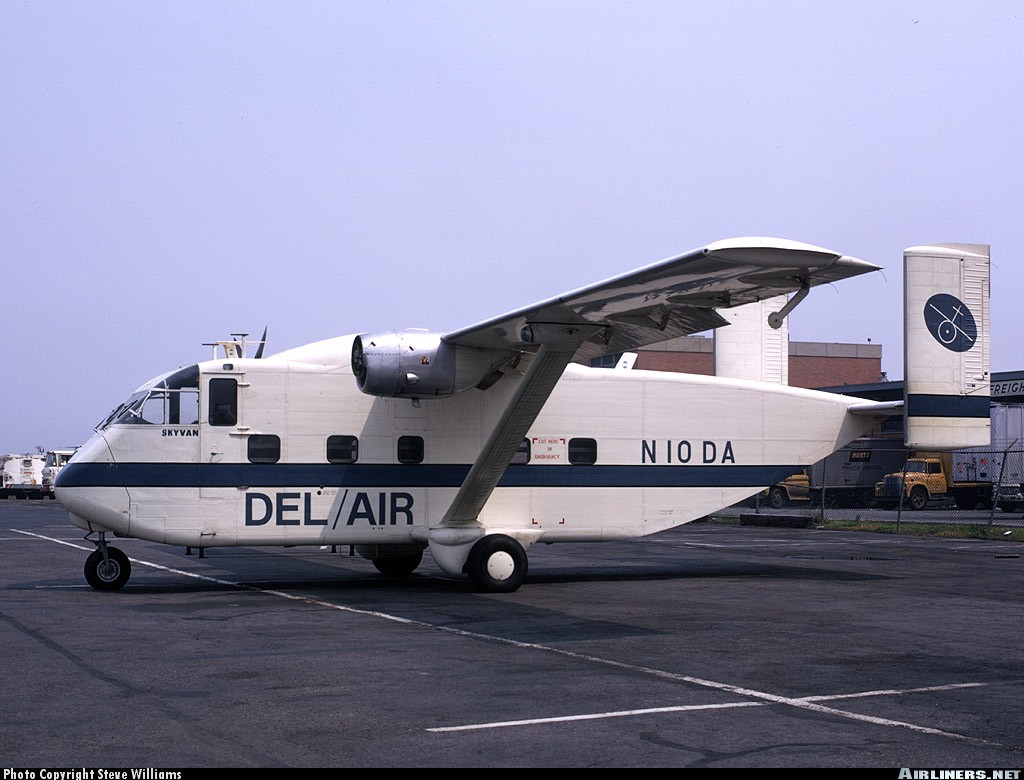Crash of a Short SC.7 Skyvan 3 Variant 200 in Pittsburgh
Date & Time:
Sep 16, 1996 at 2200 LT
Registration:
N10DA
Survivors:
Yes
Schedule:
Clarksburg - Pittsburgh
MSN:
1873
YOM:
1969
Flight number:
SBX1215
Crew on board:
1
Crew fatalities:
Pax on board:
0
Pax fatalities:
Other fatalities:
Total fatalities:
0
Captain / Total hours on type:
1100.00
Aircraft flight hours:
18553
Circumstances:
The pilot had flown this route in make and model airplane for nearly 4 years. He calculated 900 pounds of fuel were required for the flight, and saw 956 pounds on the fuel totalizer. The pilot was told by the ground controller of weather delays to his destination that ranged up to 2.5 hours. En route he was issued holding instructions with an EFC of 50 minutes later. After released from holding, 52 minutes after takeoff, the pilot was told that he was being vectored for a 35 mile final approach. The pilot then told the controller that he was fuel critical and the controller vectored him ahead of other airplanes. Ten minutes later, 84 minutes after takeoff, the controller asked his fuel status, and the pilot responded 'pretty low, seems like I'm losing oil pressure.' The pilot then advised the controller, 85 minutes after takeoff, that he shut down the right engine. He then declared an emergency and advised that he was not going to make the airport. Examination of the wreckage revealed the fuel tanks were intact, the fuel caps were secured, and the amount of fuel recovered from both tanks was 1.5 gallons, which was less than the specified unusable quantity. Company records showed that similar flights took about 48 minutes, and the airplane's average fuel flow was 580 pounds per hour.
Probable cause:
The pilot's improper in-flight decision to continue to his destination when known en route delays were encountered which resulted in fuel exhaustion.
Final Report:

